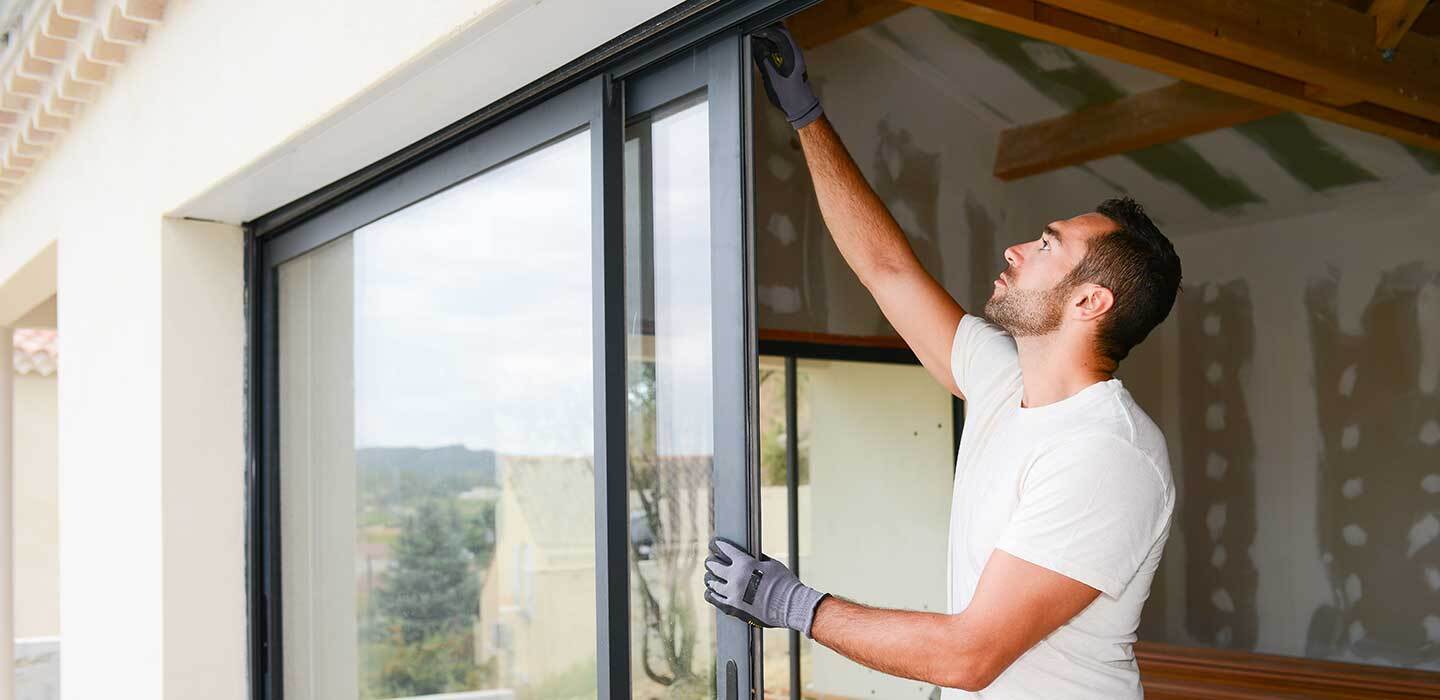
One of the most significant selling points for installing new windows is energy efficiency. But, what does that mean? It’s simple: your window acts as a barrier between inside and outside temperatures by keeping them separate (in winter) or letting them mix (in summer). So why do some work better than others at this job?
If you stack up the glass in a window, it reduces heat transfer. When we think of windows, two things come to mind—glass and frame. The glass makes up most of the space, so it has a significant role when considering how much energy is transferred through or out from a room via its pane-less surface area. Scientists have been hard at work on this topic, too; if you use single panes alone (you can also double them), 85%-90% of heat passes through easily but only 67%-73% does once they are doubled…if tripled, however, their percentage share drops drastically down by 13%.
Why only change the glass? Scientists found that if they baked a little bit of tin or silver oxide into the glass, it would reflect solar energy. The standard is two layers of silver per window, and you can get three (if you’re serious). At the high end, triple Low-E reflective coating lets 2 – 5% pass-through. Impressive!
But let’s think beyond glass for a moment; many other factors make windows energy efficient.

Frame and sash material – Are they energy efficient?
There are many options when it comes to materials that surround the glass. Some of the more popular choices include metal and wood, each with its unique pros and cons depending on weather conditions. Metal is a poor choice for window sash material in hot temperatures because it conducts heat so well; however, wooden frames do not have any type of insulation around them either. The best option would be one containing weather stripping – allowing individuals who use these windows to experience thermal comfort without worrying about drafts or high heating costs.
Let’s not forget the installation process either; it will play a significant role in saving energy. Installing windows with thermal breaks (a piece of foam that goes between the window components) reduce heat transfer by up to 63%.
Lighter than wood, insulating vinyl framing is four times more energy-efficient. Weatherstripping can be built right into the windows; no need to use adhesives that break down over time.
Vinyl is a breakthrough material in insulation and energy efficiency compared with wooden frames or metal ones. It is lightweight, resists corrosion, and doesn’t warp or split.

Make sure you choose Energy Star.
While energy efficiency is a growing topic, knowing where and how to start can be challenging. Luckily for us, someone has already done the leg work on this subject: The EPA’s ENERGY STAR program! In 2019 alone, we Americans saved almost $39 billion in energy costs because of their help. They’ll even tell you when it’s time to replace your windows if you visit their website (energystar.gov). They’ll give recommendations for the best windows based on your location and weather conditions. They’ll also let you know whether or not an upgrade is required or not necessary based on climatic variables such as temperature range & humidity level during certain seasons.
What’s next?:
Don’t allow them to leak.
Remember that thermos keeping your coffee hot? If you don’t screw the lid on tight, it won’t do much good. The same goes for windows—carelessly throwing them in a wall will result in leaks or shattered glass.
That is why every window installation team at Semper Fi Exteriors specializes in factory training. We make sure each window is installed correctly so that our energy-efficient products provide maximum results. We are here to help you with your next project; call us today!
